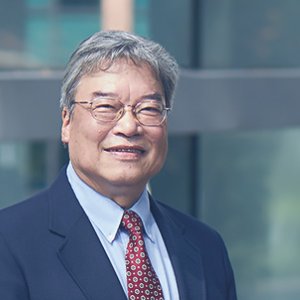Committees

Chairman: Philip L-F. LIU
Distinguished Professor and Vice President for Research and Technology
Department of Civil and Environmental Engineering, National University of Singapore (NUS)
Committee Members:
Adam Switzer, Associate professor, Earth Observatory of Singapore, NTU
Aron Meltzner, Assistant professor, Earth Observatory of Singapore, NTU
Chung-Han CHAN, Senior Research Fellow, Earth Observatory of Singapore, NTU
Jing YUAN, Assistant Professor, Department of Civil and Environmental Engineering, NUS
Eng Soon CHAN, CEO of the Technology Centre for Offshore and Marine Singapore (Tcoms) and Professor, Department of Civil and Environmental Engineering, NUS
Fook Hou LEE, Professor, Department of Civil and Environmental Engineering, NUS
Ye YUAN, Division Head of National Tsunami Warning Center, State Oceanic Administration, Beijing, China
General Secretary:
Dr. Linlin LI, Senior Research Fellow, Earth Observatory of Singapore, NTUManagement Committee:
Sabrina Smith, Community Engagement Director, Earth Observatory of Singapore, NTU
Elizabeth Wong Chor Yee, Special Events Associate/Executive Assistant, EOS, NTU
Goh Sze Yuin, Joyce, Manager at NUS Office of Deputy President (R&T), NUS
Mei-Hui Chuang, Website design, National Central University, Taiwan
Han Suling Cheryl, Digital Communications Specialist, EOS, NTU
Yvonne Soon Yee Vun, Database and Outreach Manager, EOS, NTU










